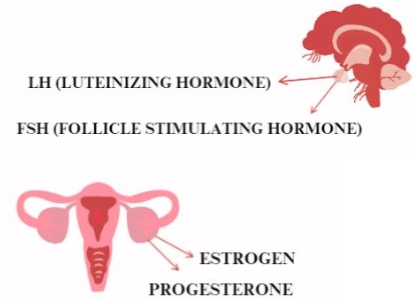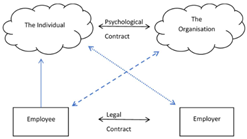Psychology of trauma and resilience in “The Nickel Boys”: A historical perspective
Abstract
This paper explores the depiction of trauma in Colson Whitehead’s “The Nickel Boys”, analyzing the experiences of its characters through the lens of trauma theory, particularly the works of Judith Herman and Cathy Caruth. Set against the historical backdrop of the Civil Rights Movement and the systemic racism of the 1960s, the novel highlights the physical and psychological abuse suffered by African American boys at the fictional Nickel Academy, based on the real-life Dozier School for Boys. By examining the characters’ journeys through Herman’s stages of trauma recovery and Caruth’s concept of belated trauma, the paper delves into the enduring impact of systemic violence on individual and collective memory. Critical responses to the novel underscore its powerful portrayal of historical and psychological trauma, positioning “The Nickel Boys” as a significant contribution to the discourse on racial injustice and resilience.
References
Atwoli, L., Stein, D. J., Williams, D. R., et al. (2013). Trauma and posttraumatic stress disorder in South Africa: Analysis from the South African stress and health study. BMC Psychiatry, 13, 182. https://doi.org/10.1186/1471-244x-13-182
Caruth, C. (1996). Unclaimed experience: Trauma, narrative, and history. Johns Hopkins University Press.
Charles, R. (2019). Review of “The Nickel Boys” by Colson Whitehead. The Washington Post, 16 July 2019, p. B1.
Clarke, D., Thomson, S., Madiba, T., & Muckart, D. (2005). Selective conservatism in trauma management: A South African contribution. World Journal of Surgery, 29(8), 962–965. https://doi.org/10.1007/s00268-005-0131-9
Cucarella-Ramon, V., & McFadden, B. L. (2015). African American wounds: Broken memories and the traumatic outcome of racist stereotypes in Bernice L. McFadden’s Gathering of Waters. Linguistics and Literature Studies, 3(6), 284–288. https://doi.org/10.13189/lls.2015.030605
de la Cova, C. (2010). Cultural patterns of trauma among 19th-century-born males in cadaver collections. American Anthropologist, 112(4), 589–606. https://doi.org/10.1111/j.1548-1433.2010.01278.x
de la Cova, C. (2012). Patterns of trauma and violence in 19th-century-born African American and Euro-American females. International Journal of Paleopathology, 2(2–3), 61–68. https://doi.org/10.1016/j.ijpp.2012.09.009
Domestico, A. (2019). Review: The Nickel Boys. Commonweal, 146(14), 102–103.
Herman, J. (2015). Trauma and recovery: The aftermath of violence—From domestic abuse to political terror. Basic Books.
Jackson, K. C. (2022). The story of violence in America. Daedalus, 151(1), 11–21. https://doi.org/10.1162/daed_a_01884
Jenkins, E., Wang, E., & Turner, L. (2009). Traumatic events involving friends and family members in a sample of African American early adolescents. The American Journal of Orthopsychiatry, 79(3), 398–406. https://doi.org/10.1037/a0016659
Krugler, D. F. (2014). 1919, the year of racial violence: How African Americans fought back. Cambridge University Press.
Miller, L. (2019). A devastating novel about racism and brutality. The New Yorker, 80(8), 80–83.
Streeter, C. A. (2020). Historical trauma in African American literature. American Literary History, 32(2), 149–170.
West, C. M. (2016). Living in a web of trauma: An ecological examination of violence among African Americans. Journal of Black Studies, 42(5), 649–665. https://doi.org/10.1002/9781118303092.ch33
Whitehead, C. (2019). The Nickel Boys. Doubleday.
Yates, A., Obus, E. A., Peele, H., et al. (2024). The function of power: A historical model of power, trauma, and policing African Americans. Psychological Trauma: Theory, Research, Practice, and Policy, 16(3), 363–373. https://doi.org/10.1037/tra0001236
Copyright (c) 2024 M. Swetha, B. R. Aravind, R. K. Uthradevi

This work is licensed under a Creative Commons Attribution 4.0 International License.









